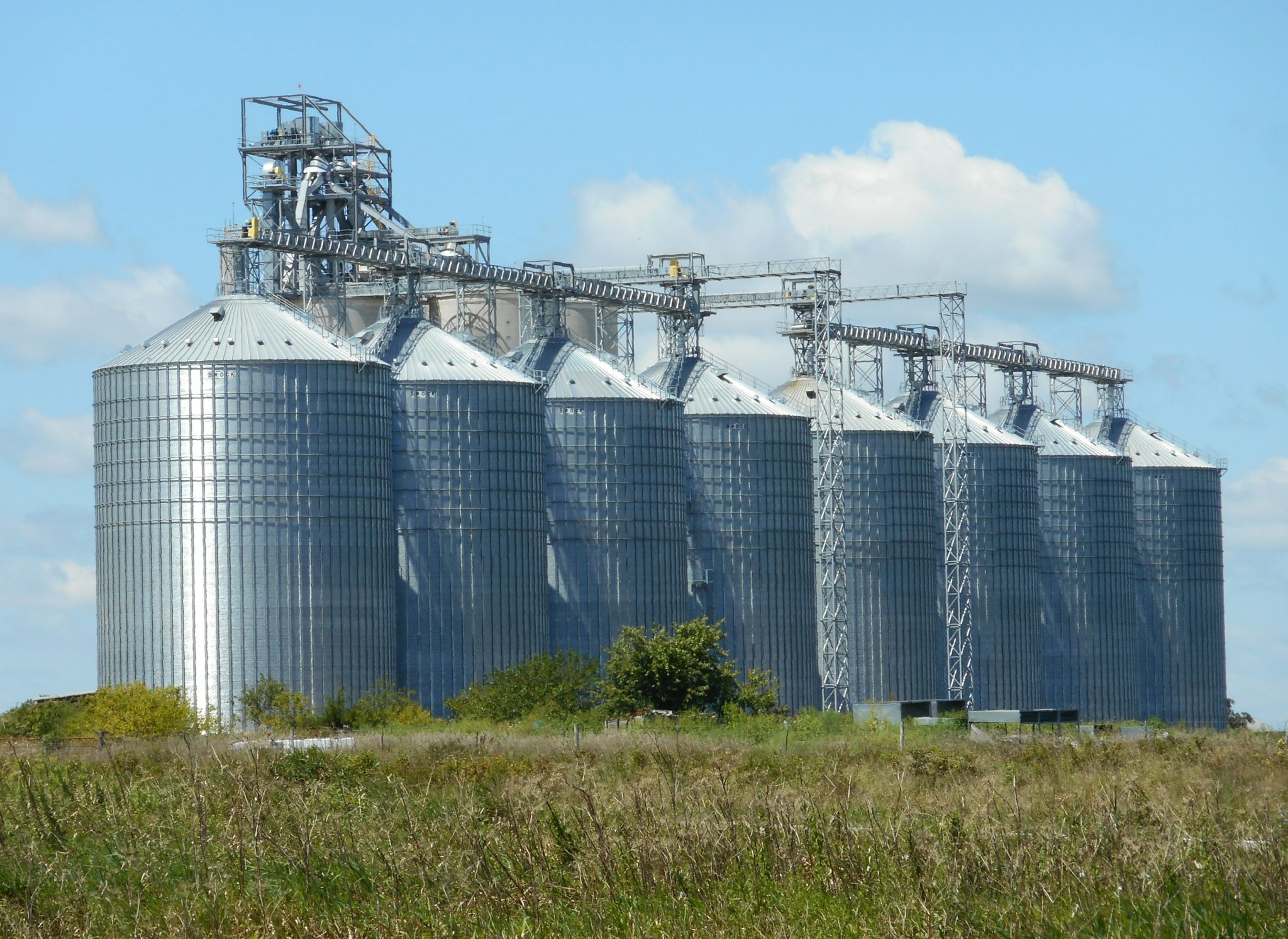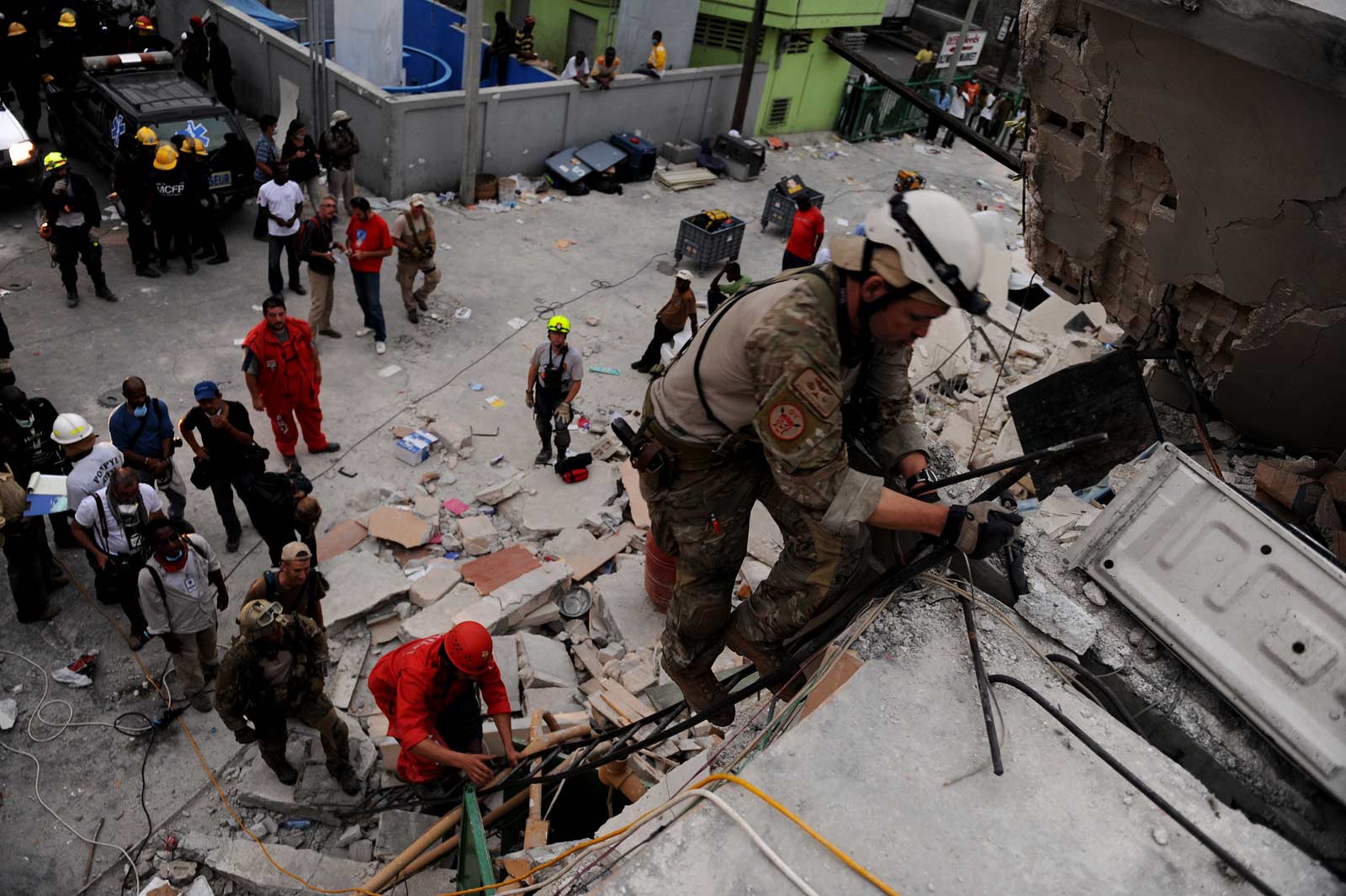- by tgreenan
-
June 19, 2020
For generations, the public safety space has built a reputation for being averse to change. This is most clearly illustrated by the unofficial slogan for fire services, “200 years of tradition unimpeded by progress.”
However, the recent proliferation of data collection technologies has drastically expanded the arsenal of tools that first responders have at their disposal. This has been coupled with a steady increase in natural disasters over the last few decades, new threats like the coronavirus pandemic, and greater population density around the world.
Exploring new technologies is no longer just a passion project for innovative agencies; rather, it’s become a necessity for effective disaster management in an era of increasingly complex social relations and public safety threats.
The volume and variety of data held among government agencies, businesses, and community organizations have rapidly expanded. While these collections of data have created new opportunities for data analysis, they’ve also become increasingly difficult to navigate, especially when attempting to share data between organizations.
The storage of information across distinct information silos, also known as data silos, has resulted in barriers to data-sharing and collaboration between public safety agencies. Breaking down these barriers is key to bringing situational intelligence to public safety.
This article is the first in our three-part series covering information silos and their effects on incident response. Here we will broadly define silos and outline their relevance to disaster management. Our next article will outline the pitfalls of silos for incident mitigation, preparedness, response, and recovery, and our final article will consider potential solutions for data management.
What are data silos?
Data silos are a subset of “organizational silos”, a concept that has recently taken hold in a wide variety of industries. The concept, which references agricultural grain silos, is used in discussions of management practices to describe organizational strategies as architectures, or organizational blueprints that determine communication channels between people.
Traditional silos are large, cylindrical towers used in agriculture to store bulk goods, usually grains. The structures keep different bulk materials separated and protected from the environment, allowing for safe storage and access with minimal risk of contamination.

Agricultural, organizational, and information silos all share a key architectural component: total separation between the materials that each silo attempts to contain. Whereas traditional silos contain grain or other goods, and organizational silos separate people across different departments, data silos refer to insular collections of data.
Data silos are tied to the emergence of “big data,” or large, mostly unstructured data sets that are too expansive to be analyzed with traditional data processing methods. While big data first became relevant as early as the 1940s, the term really took off in the late 1990s with increased access to computers and the internet.
Because these unwieldy data collections cannot be analyzed by humans, they’ve resulted in an increased reliance on algorithmic technology that leverages massive computational power to analyze swathes of data for potential connections and trends without depending on human guidance.
The importance of data architectures in disaster management
Alongside advancements in computing power and accessibility, the explosion of digital media, smartphones, social media channels, and environmental surveillance tools has resulted in an unprecedented growth in information. This growth has been paralleled by an increase in data collection geared towards public safety efforts.
As noted in a 2014 report by the Homeland Security Systems Engineering and Development Institute (SEDI), first responders are already using tools to tap into existing data sources like online news and social media, remote sensing from smart devices like smartphones or house sensors, and tagging systems like radio-frequency identification (RFID).
Additionally, agencies connected to the emergency management space have contributed to data creation with electronic communication channels and digital 911 systems, remote sensing from satellites and other sources, and crop metrics collected from smart sensors built into agricultural tools like irrigation systems.
Climate data, incident response reports, regional demographics, and more can be used to help predict, respond to, and recover from natural and human-caused disasters. Real-time analysis is particularly important, as it can aid first responders in developing situational awareness during highly chaotic or unforeseen incidents.
In order to conduct successful data analysis in real-time, however, different data sets must be stored and formatted so that they’re easily accessible and translatable across different use cases. For instance, demographic data is much more useful for evacuating vulnerable populations when paired with real-time traffic data to isolate optimal evacuation routes.
This is why information silos present so much harm as data architectures for public safety: Rather than allowing for data sharing and collaboration between stakeholders in disaster management plans, data silos create separations between data sets according to different departments, geographic jurisdictions, and other arbitrary divisions.
The problem is not just that each department has its own internal organization system. As explained in an article by Network Computing, regulatory requirements force the creation of data copies in different formats, backup solutions like physical servers create inaccessible archives, and uncontrolled duplication of the same information makes data exponentially more difficult to navigate.
As outlined in an article by GCN, the primary hurdle to improved situational intelligence is no longer finding new data sources, but instead wading through the massive volume and diversity of existing data for useful analytics. First responders have access to a tremendous new public safety tool, if they can just find a way to use it.
New collaborative frameworks: The promise of ‘big data’
An op-ed published by Down to Earth, titled “Breaking silos in disaster management”, considers the promise of data analytics from an international perspective. The authors worked with the International Water Management Institute (IWMI) and contributed to a project to increase the resilience of smallholder farmers in South Asia.
The project leveraged spatial population data, agricultural and weather data, and satellite imaging to create tools like maps of flooding risk and the South Asia Drought Monitoring System. These mapping tools were used to monitor flooding situations or other disasters in real time, aiding evacuation efforts.
They also enabled automatic and immediate insurance payouts for farmers, using a combination of hydrological modeling and satellite images to compare a flood’s depth and duration with pre-defined limits. When those limits were exceeded, farmers received payouts and new seeds, helping them grow new crops to maintain regional food supplies.

As the authors of this piece note, the project required collaboration across many different agents: international organizations like the IWMI or the UN World Food Programme, national and regional governments, scientific experts for hydrological analysis or remote sensing, insurance companies, and farmer groups.
In order to facilitate collaborative projects like this, on an international or domestic scale, relevant parties in the disaster management space must explore ways to break free from their data silos. Especially with the changes to public safety brought about by the coronavirus pandemic, projects of this scale are incredibly important.
COVID-19 is a major threat on its own, requiring expanded information sharing and cooperation to build situational awareness and begin advanced planning for future threats. The pandemic will also exacerbate existing risks, with social distancing guidelines and other factors making it exceptionally difficult to manage the coming fire season and other natural disasters.
In an interview with Perimeter, San Bernardino County Fire Chief Dan Munsey stressed the importance of finding new partnerships with surrounding stakeholders to respond to COVID-19 and explore new opportunities in public safety.
“There are too many silos still, and people know better than to be in silos. They are missing the opportunity to look at the truly big picture for how we respond to COVID, and how we respond to other emergencies in the future,” Munsey said.
Next: How silos harm incident mitigation, preparedness, response, and recovery
Now that we’ve defined information silos and explained the relevance of data architectures to incident response, our next article will outline the effects of silos on emergency mitigation, disaster preparedness, incident response, and community recovery efforts. The final article of this series will present potential solutions to the problems posed by data silos.
By Trevor Greenan. Questions? Get in touch at tgreenan@perimeterplatform.com.
Recent Posts
Archives
- April 2024 (2)
- March 2024 (2)
- January 2024 (2)
- December 2023 (1)
- August 2023 (6)
- July 2023 (4)
- June 2023 (1)
- May 2023 (1)
- August 2021 (1)
- July 2021 (1)
- June 2021 (1)
- April 2021 (2)
- March 2021 (1)
- January 2021 (2)
- November 2020 (2)
- October 2020 (3)
- September 2020 (1)
- August 2020 (1)
- July 2020 (1)
- June 2020 (4)









